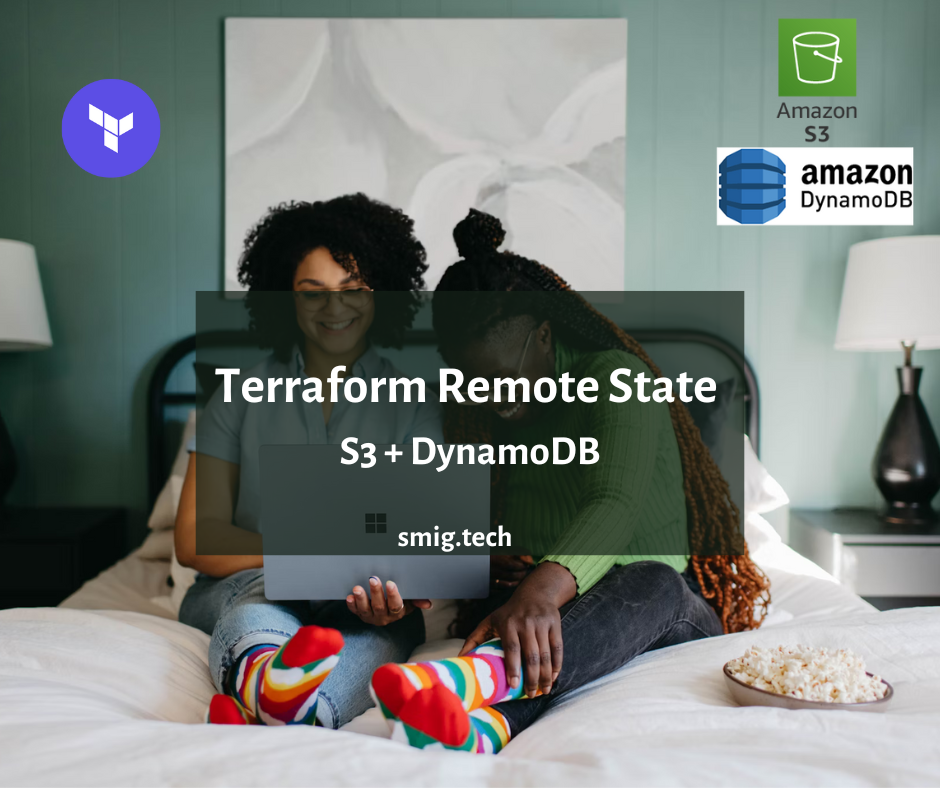 As someone leading a team of Site Reliability Engineers (SREs), one of the most critical initial decisions we face is how to handle our infrastructure code collaboratively. Today, I’ll walk you through our approach to setting up remote state management for our Red Hat OpenShift Service on AWS (ROSA) cluster deployment.
As someone leading a team of Site Reliability Engineers (SREs), one of the most critical initial decisions we face is how to handle our infrastructure code collaboratively. Today, I’ll walk you through our approach to setting up remote state management for our Red Hat OpenShift Service on AWS (ROSA) cluster deployment.
Why Remote State Matters 🤔
Imagine you’re working on a group project where everyone has their own copy of a document. Without a way to sync changes, chaos ensues. That’s exactly what can happen with infrastructure code when multiple engineers are working together. Remote state solves this by providing a single source of truth.
Breaking It Down for Beginners 📚
Let’s use a real-world analogy:
- Think of Terraform as a blueprint manager for your cloud infrastructure
- Remote state is like Google Docs for these blueprints
- S3 (where we store the state) is like a secure filing cabinet in the cloud
The Technical Implementation 🛠️
Here’s what our basic setup looks like:
terraform {
required_providers {
aws = {
source = "hashicorp/aws"
version = "~> 5.72.1"
}
rhcs = {
source = "terraform-redhat/rhcs"
version = ">= 1.6.2"
}
}
backend "s3" {
bucket = var.bucket_name
key = var.bucket_key
region = var.region
dynamodb_table = var.dynamodb_table_name
}
}
#⚠️ Security Best Practices for Backend Configuration Here’s something crucial that often trips up new cloud engineers: Variables in the backend block don’t work like regular Terraform variables. Why? Because the backend needs to be configured before Terraform initializes. Instead of using variables directly in the backend block, you have two secure options:
- Environment Variables (Recommended):
export AWS_BUCKET_NAME="my-terraform-state"
export AWS_BUCKET_KEY="rosa/terraform.tfstate"
- Backend Configuration File
terraform init -backend-config=backend.tfvars
Why This Matters for Your Career 💼
If you’re breaking into tech, understanding concepts like state management sets you apart. It shows you’re thinking about:
- Team collaboration
- Infrastructure scalability
- Enterprise-grade best practices
- Security consciousness (a major plus for employers!)
Next Steps for Aspiring Cloud Engineers 🚀
Want to practice this yourself? Start with:
- Set up a free AWS account
- Create a simple S3 bucket
- Practice Terraform basics locally first
- Graduate to remote state management
- Experiment with different backend configuration methods (safely!)
Remember: Every expert started as a beginner. The key is understanding the concepts before diving into complex implementations.